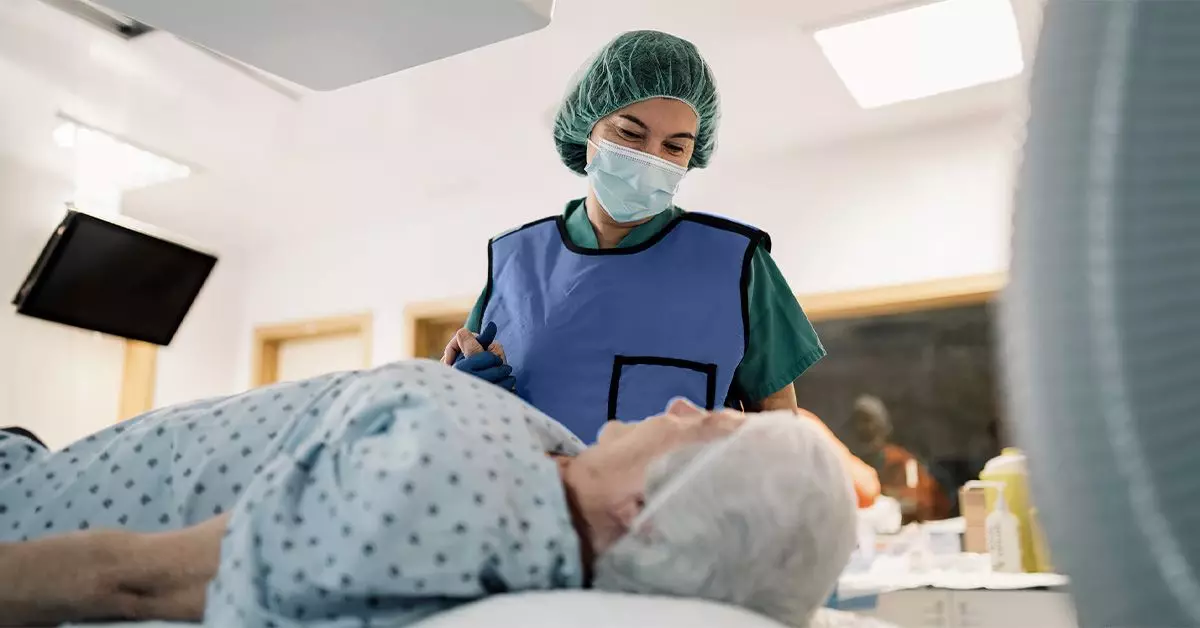Salivary gland surgery is a critical medical intervention primarily aimed at addressing disorders affecting the salivary glands, including tumors, infections, and chronic inflammation. The salivary glands, comprising three main types—parotid, submandibular, and sublingual—play an essential role in producing saliva, a fluid vital for various oral functions such as digestion, swallowing, and speech. In situations where these glands are compromised, surgical removal of part or all of the gland may be necessary to restore health and functionality.
The foremost reason patients undergo salivary gland surgery is the presence of tumors, with a staggering 80% of such tumors occurring in the parotid gland. However, tumors are not the sole catalyst for surgical intervention; persistent infections and inflammation may also necessitate surgical attention. As these issues can lead to severe complications if left untreated, surgery becomes a viable option to alleviate symptoms, prevent further health deterioration, and improve the patient’s quality of life.
There are specific surgical procedures tailored to the different types of salivary glands. The most common type is a parotidectomy, which involves the removal of part or all of the parotid gland. Surgeons must exercise extreme caution during this procedure to protect the facial nerve, which is crucial for facial movements, as it runs through the parotid gland. The surgical incision is strategically situated in front of the ear, extending towards the neck, enabling surgeons to access this critical area.
For submandibular gland surgeries, an incision is made beneath the jawline, carefully avoiding nearby nerves that influence sensations related to the tongue and speech. The extent of tissue removal varies based on the tumor’s size, with larger tumors requiring more extensive excisions. On the other hand, sublingual gland surgeries involve incisions made inside the mouth to access and remove the gland, which is located beneath the tongue. This surgery often leads to temporary numbness in the tongue, but most patients recover their sensations within weeks to months.
Preparation for salivary gland surgery is essential to minimize risks and ensure a smooth procedure. Candidates are typically instructed to cease eating for six hours before surgery to prevent aspiration, a condition where food enters the lungs during the process. Drinking clear fluids, such as water, is usually allowed up to two hours before the operation. In addition to dietary restrictions, pre-operative instructions often include personal hygiene routines like bathing and removing any potential obstruction, such as jewelry and makeup, that could complicate the procedure.
Post-operative recovery experiences vary widely among individuals, hinging upon numerous factors, including the extent of surgery and prior health conditions. Typically, patients may remain in the hospital for a few hours to a couple of days, depending on the surgical complexity and overall health. The removal of drainage tubes often occurs the day after surgery to facilitate healing.
In terms of wound care, stitches or surgical clips are usually removed about a week post-operation. Patients are generally advised to refrain from strenuous activities for at least a week and may be encouraged to take an additional two to three weeks off work to recuperate fully. Some individuals may also benefit from consulting with speech therapists to regain essential oral functionalities compromised by surgery.
As with any surgical procedure, salivary gland surgery comes with inherent risks. Although the primary goal is to excise tumors or alleviate symptoms, damage to surrounding nerves can lead to complications, such as facial paralysis or difficulties in swallowing. Additionally, there is a possibility of infection or excessive bleeding, which necessitates close monitoring during recovery.
Despite these risks, salivary gland surgery is often successful in treating the underlying issues, with many patients able to return to their normal functions after rehabilitation. Appendices to care, including physical therapy, speech therapy, or follow-up consultations, are vital in helping patients regain their quality of life.
Salivary gland surgery is an essential intervention for addressing significant health issues related to the salivary glands. Understanding the types of procedures, preparation involved, recovery expectations, and potential complications can provide comfort and clarity to individuals facing this surgery. With proper medical care and rehabilitation, most patients can anticipate an effective recovery and enhanced oral health, ultimately leading to an improved quality of life.

